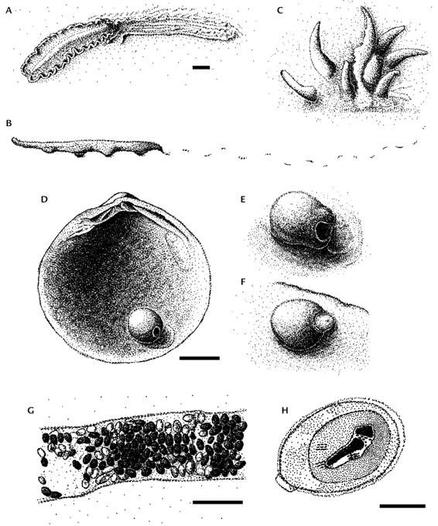Fossil-informed biogeographic analysis suggests Eurasian regionalization in crown Squamata during the early Jurassic
Background Squamata (lizards, snakes, and amphisbaenians) is a Triassic lineage with an extensive and complex biogeographic history, yet no large-scale study has reconstructed the ancestral range of early squamate lineages. The fossil record indicates a broadly Pangaean distribution by the end- Cretaceous, though many lineages (e.g., Paramacellodidae, Mosasauria, Polyglyphanodontia) subsequently went extinct. Thus, the origin and occupancy of extant radiations is unclear and may have been localized within Pangaea to specific plates, with potential regionalization to distinct Laurasian and Gondwanan landmasses during the Mesozoic in some groups. Methods We used recent tectonic models to code extant and fossil squamate distributions occurring on nine discrete plates for 9,755 species, with Jurassic and Cretaceous fossil constraints from three extinct lineages. We modeled ancestral ranges for crown Squamata from an extant-only molecular phylogeny using a suite of biogeographic models accommodating different evolutionary processes and fossil-based node constraints from known Jurassic and Cretaceous localities. We hypothesized that the best-fit models would not support a full Pangaean distribution (i.e., including all areas) for the origin of crown Squamata, but would instead show regionalization to specific areas within the fragmenting supercontinent, likely in the Northern Hemisphere where most early squamate fossils have been found. Results Incorporating fossil data reconstructs a localized origin within Pangaea, with early regionalization of extant lineages to Eurasia and Laurasia, while Gondwanan regionalization did not occur until the middle Cretaceous for Alethinophidia, Scolecophidia, and some crown Gekkotan lineages. While the Mesozoic history of extant squamate biogeography can be summarized as a Eurasian origin with dispersal out of Laurasia into Gondwana, their Cenozoic history is complex with multiple events (including secondary and tertiary recolonizations) in several directions. As noted by previous authors, squamates have likely utilized over-land range expansion, land-bridge colonization, and trans-oceanic dispersal. Tropical Gondwana and Eurasia hold more ancient lineages than the Holarctic (Rhineuridae being a major exception), and some asymmetries in colonization (e.g., to North America from Eurasia during the Cenozoic through Beringia) deserve additional study. Future studies that incorporate fossil branches, rather than as node constraints, into the reconstruction can be used to explore this history further.


